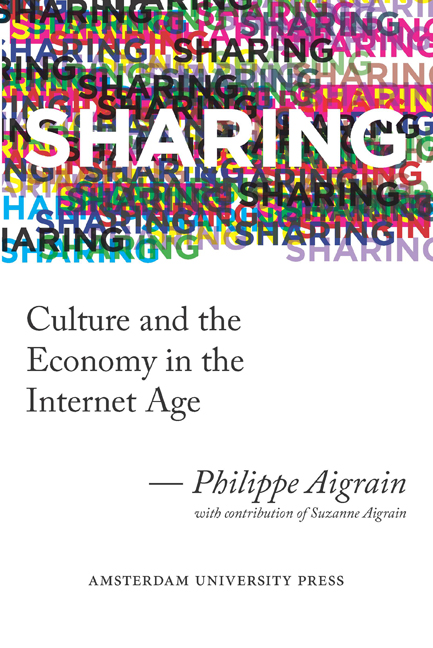A - Diversity of Attention for Beginners
Published online by Cambridge University Press: 19 January 2021
Summary
Throughout the book, we analyzed the diversity of attention to works, as well as of the distribution of revenues, which those who produce them receive from various channels. Sometimes we have exhaustive data to study the diversity of attention directly, but in many cases we have only some partial or indirect evidence or hints about what its future may look like in various conditions. The whole debate on the Long Tail theory formulated by Chris Anderson (Anderson 2004, Anderson 2006) revolves around the way in which the diversity of attention is likely to evolve in various situations (see below section 13.4). We need then to model the diversity of attention, and for this purpose we used a mathematical model known as Zipf's law. This appendix is intended to give the interested reader a brief introduction to the modeling of diversity of attention in general, and to explain why Zipf's law is used, how it works and its limitations. Less mathematically inclined readers should not be deterred by the presence of equations: one can ignore them and still understand the text. However, the equations will be helpful for those who wish to verify the mathematical reasoning for themselves, or to carry out further investigations.
This appendix uses ideas from the ranking tutorial of Lada M. Adamic (Adamic 2002b) and from the remarkable Wikipedia page on Zipf's law.
From wealth to popularity
Wealth distribution
Librarians have probably studied the relative demand for books or other texts for centuries. Even as far back as the Middle Ages, it was a key factor for organizing the production, purchase and storage of copies of books and other texts. We may thus speculate that ancient librarians compiled lists of books (or other items) sorted according to demand, with the most frequently requested items first, and some of these registers may yet survive in library archives. If so, they would be the first evidence of popularity distribution studies. However, it seems that a mathematical modeling of similar distributions emerged in other fields.
- Type
- Chapter
- Information
- SharingCulture and the Economy in the Internet Age, pp. 181 - 192Publisher: Amsterdam University PressPrint publication year: 2012



